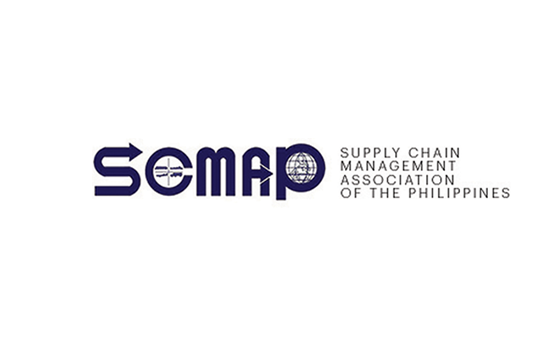First thing: I have been drinking this yogurt drink since I was a kid, and now that I’m an adult in charge of my own groceries, I always make sure I’m well-stocked. Not in recent months, though; I have not been able to see this drink in my nearest grocery.
It took me a while to realize that the manufacturer may have been impacted by restrictions related to COVID-19; beverage production, after all, was shut down in placed under enhanced community quarantine. But as restrictions were eased and businesses slowly resumed operations, stocks of this drink were still hard to find.
Now, I’m speaking as a consumer who is a bit more aware of supply chain than most. I imagine there are many other reasons: difficulty in procuring raw materials, perhaps, or issues with staffing, especially with coronavirus restrictions still in play. I don’t think logistics is a problem, because this drink has been appearing in other stores, albeit less frequently. I was in another supermarket a week back and while they had stocks, there was a sign that said “two packs per customer only”.
I have bought stocks of a rival brand. It’s… all right, but I must say I still prefer my childhood drink. That said, the pandemic has shown that customers’ preferences are not set in stone. Or perhaps it’s because there wasn’t much of a choice, especially in the early weeks of quarantine, when one may have bought a different brand of, say, elbow macaroni because that was what’s left. But now that we’re normalizing, whatever that means, customers will want to seek their comforts, and it’s up to businesses to adopt, whether it be offering delivery services, or by making sure your products show up in stores. It’s the best time to make an impression.
Second thing: The push towards the so-called “new normal” includes a push towards the cashless economy. Services like GCash and PayMaya were already being used by, say, early adopters and gig workers, but when those services became the only means to pay your bills without leaving your home, adoption accelerated.
But the embrace of these services risks excluding a lot of people. Figures from the World Bank show that only 35% of all Filipinos have a formal bank account. With mobile wallets still heavily intertwined with the banking system, that possibly rules out a large chunk of the potential market. Sure, you can top up your accounts over the counter or through kiosks, but one, social distancing, and two, machines won’t always be operational, as was the case during the height of quarantine restrictions.
Now, in light of the push towards minimizing physical contact while still keeping the economy going, the thrust towards wider adoption of cashless payments is worth supporting. But we must not lose sight of the fact that people will not always have the means to take up the cause, whether it be because they’re much more comfortable paying in cash, or because they don’t have the means to join the system. It is businesses who should, for the most part, adjust to their customers. It’s why the boom in e-commerce here is fueled in part by cash-on-delivery, something you wouldn’t normally see in other countries.
Third thing: One fascinating thing about the impact of COVID-19 on retail is how it’s affected the shopping experience. Distancing guidelines mean you feel wary about browsing and making impulse purchases; everything must be planned now. I went to a mall a few weeks back and felt that shops discourage you to linger and ponder your decision, what with customer limits (understandable) and an air that suggests you’re only supposed to be here for the transaction.
What does this have to do with supply chain? One, it’s about the movement of information as much as the movement of goods. If shoppers don’t have all the information they need, they’ll go to the store to ask – and if they feel like they are not encouraged to do so, they’ll shop elsewhere. (It’s been difficult to contact stores through phone and social media to ask if, say, a laptop is available. Considering the rush to buy these devices for online classes, that’s significant.)
And two, the great intangible I’ve been talking about in this column: our work in supply chain goes beyond making sure the customer gets the thing they need. Our work, if done right, can enable an emotional response that is difficult to measure: we have the ability to invigorate, the ability to empower, the ability to inspire, and that can spur people to continue patronizing our products and keep the economy going. And that can collapse quickly if they don’t feel looked after, whether they’re buying online or in stores.
Yes, these times are extraordinary and we’re still feeling our way through things. But we must not lose sight of how the customer perceives us, whether it be in our ability to deliver our products or our ability to guide them through the process. Right now, when more things are uncertain, our work carries a bit more weight.
…and a fourth: SCMAP Live, our series of online events exploring how supply chain can navigate this new normal, returns on July 16. Become a delegate or sponsor by visiting scmap.org.
Henrik Batallones is the marketing and communications director of SCMAP, and editor-in-chief of its official publication, Supply Chain Philippines. More information about SCMAP is available at scmap.org.





